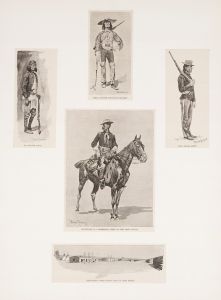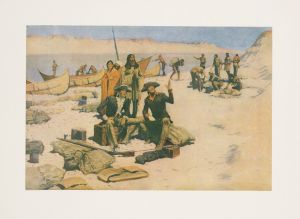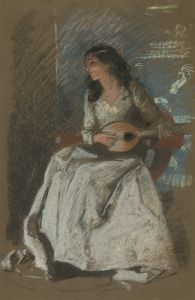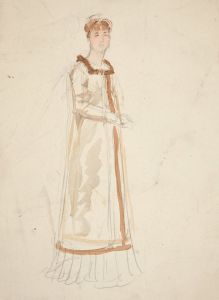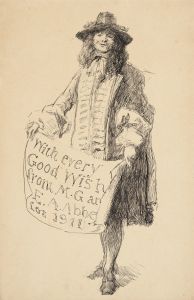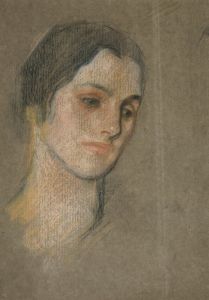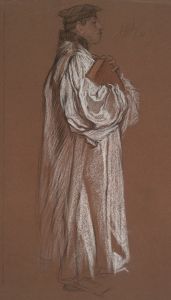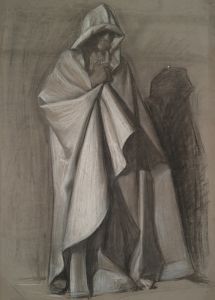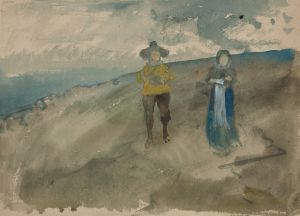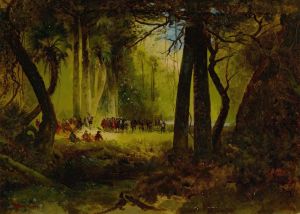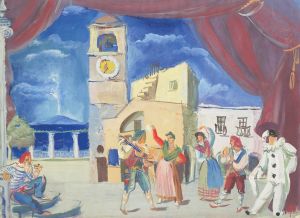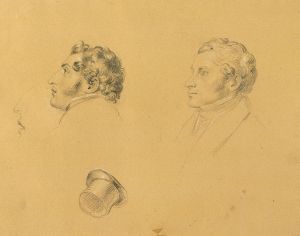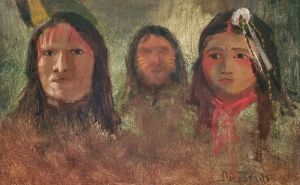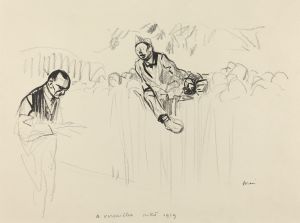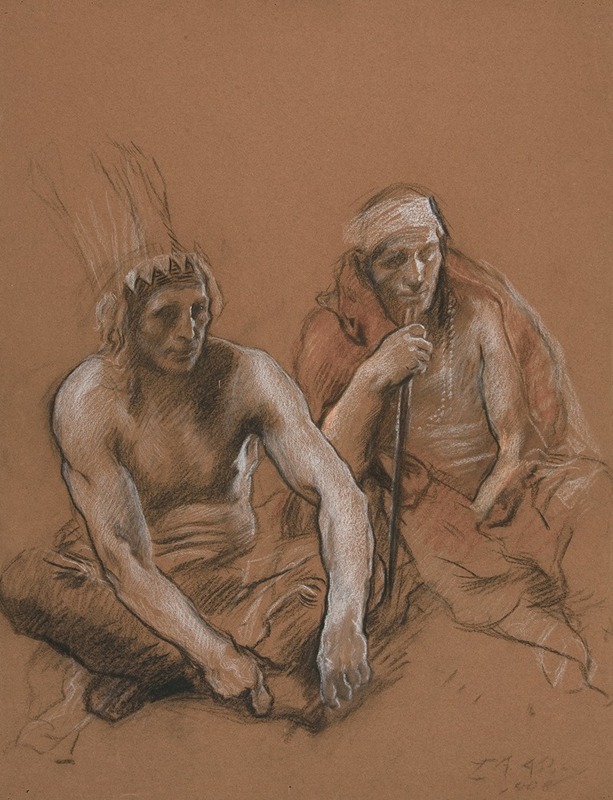
Study of two Indians for ‘Penn’s Treaty,’ mural at the state capitol building in Harrisburg, Pennsylvania
A hand-painted replica of Edwin Austin Abbey’s masterpiece Study of two Indians for ‘Penn’s Treaty,’ mural at the state capitol building in Harrisburg, Pennsylvania, meticulously crafted by professional artists to capture the true essence of the original. Each piece is created with museum-quality canvas and rare mineral pigments, carefully painted by experienced artists with delicate brushstrokes and rich, layered colors to perfectly recreate the texture of the original artwork. Unlike machine-printed reproductions, this hand-painted version brings the painting to life, infused with the artist’s emotions and skill in every stroke. Whether for personal collection or home decoration, it instantly elevates the artistic atmosphere of any space.
Edwin Austin Abbey's Study of Two Indians for ‘Penn’s Treaty’ is a preparatory work created as part of his contributions to the mural program at the Pennsylvania State Capitol in Harrisburg. Abbey, a prominent American artist known for his murals and illustrations, was commissioned in the early 20th century to create a series of murals for the Capitol building, which was completed in 1906. These murals were intended to celebrate Pennsylvania's history and cultural heritage.
The Study of Two Indians is a detailed preparatory drawing or painting that Abbey created while planning the larger mural titled Penn’s Treaty. This mural depicts the legendary meeting between William Penn, the founder of Pennsylvania, and members of the Lenape (Delaware) tribe, during which they negotiated a treaty of peace and mutual respect. The treaty is often romanticized as a symbol of early cooperation and understanding between European settlers and Native Americans.
In this study, Abbey focused on the portrayal of two Native American figures, likely members of the Lenape tribe, who were central to the historical narrative of Penn’s Treaty. The study reflects Abbey’s meticulous attention to detail and his effort to accurately depict the clothing, posture, and demeanor of the Native American individuals. Abbey was known to conduct extensive research for his works, consulting historical texts and artifacts to ensure authenticity in his representations.
The Study of Two Indians serves as an example of Abbey's process in creating large-scale murals. Such studies allowed him to experiment with composition, anatomy, and expression before committing to the final mural. While the study itself is a smaller, standalone artwork, it provides insight into Abbey's artistic methods and his approach to historical subject matter.
The completed mural, Penn’s Treaty, is part of a larger series of works by Abbey that adorn the interior of the Pennsylvania State Capitol. These murals are celebrated for their grandeur and historical significance, contributing to the Capitol’s designation as a National Historic Landmark. Abbey’s work remains an important example of American muralism and the Beaux-Arts tradition in the United States.
Further details about the specific location or current status of the Study of Two Indians are not widely documented. However, it is recognized as an integral part of Abbey’s preparatory process for the Capitol murals.





